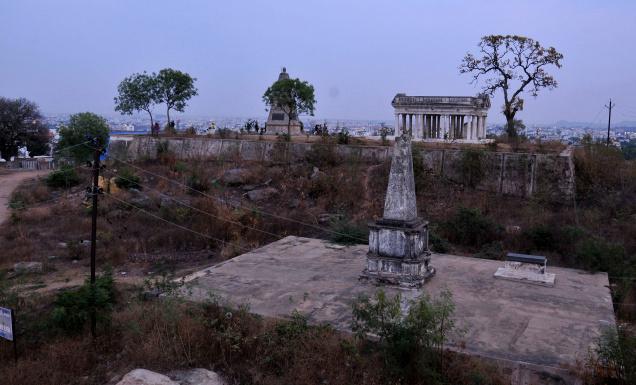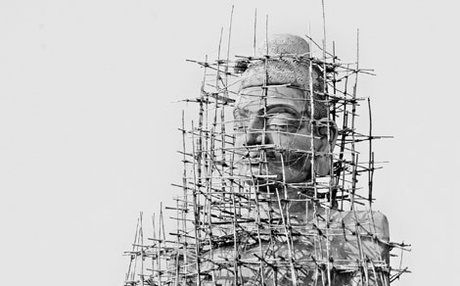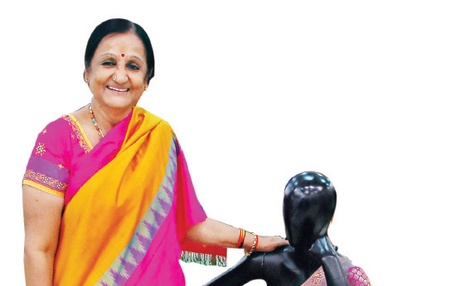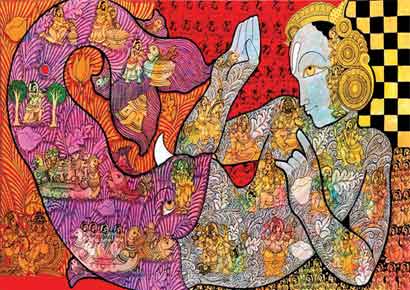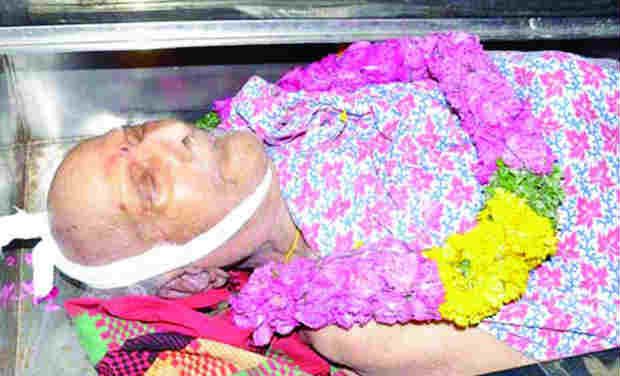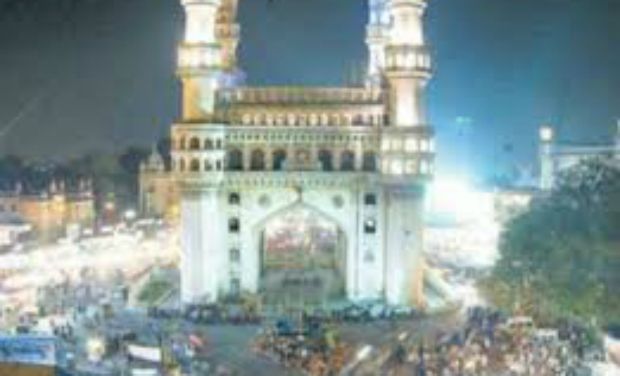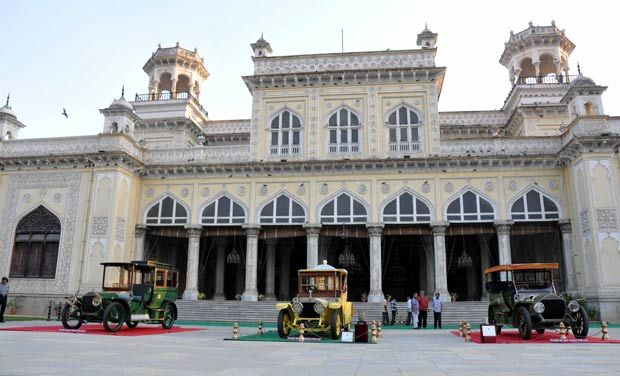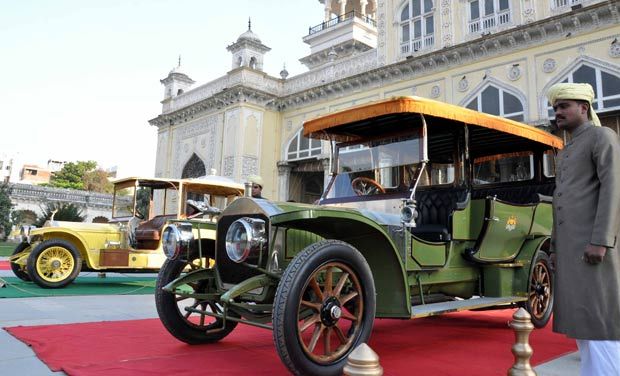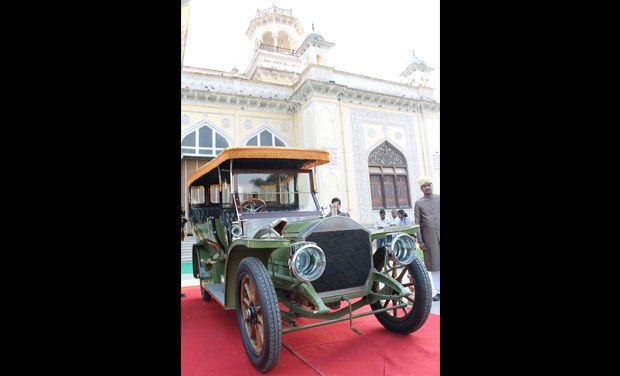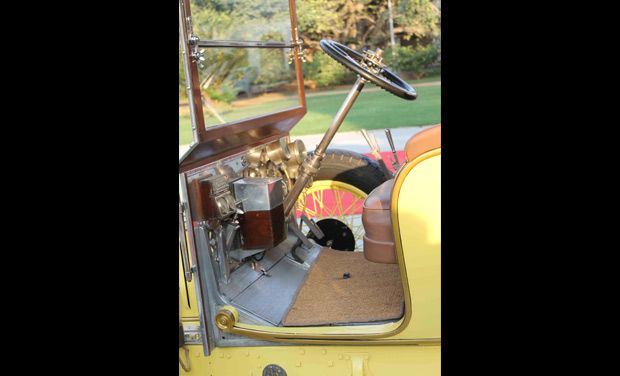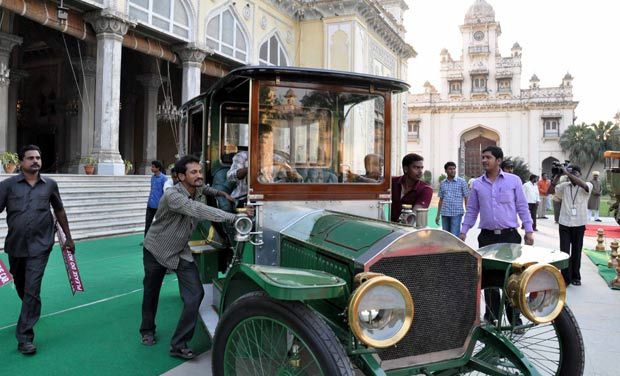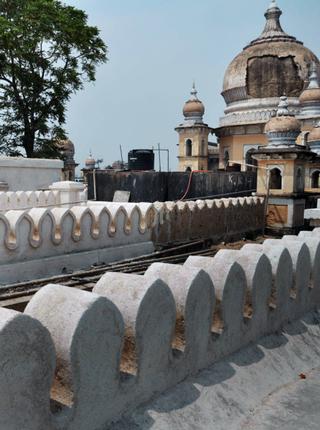
A Grade II heritage structure, the Government Nizamia Tibbi College and Hospital near the Charminar is getting a much-needed facelift after years of neglect and damage
Finally it is getting the much needed facelift.
Situated bang opposite the historic Charminar, the condition of the Government Nizamia Tibbi College and Hospital is not much different. But now this Grade II heritage structure is getting the attention it deserves. A team of skilled labours are busy trying to undo years of neglect and damage.
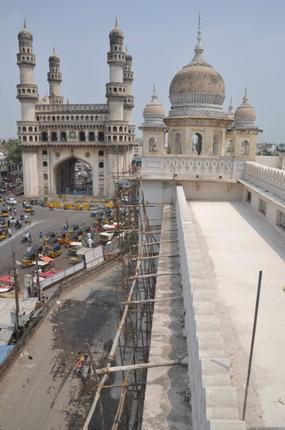
The A.P. Health, Medical Housing and Health Infrastructure Development Corporation has stepped in to restore the pristine glory of this stately structure built in 1938 by the seventh Nizam. Right now, exterior of the building where plaster has peeled off at several places with vegetal growth sprouting all over is being attended to. Repair of the dome, scrubbing and scrapping of the top surface and re-plastering with ‘shivara’ rendering is proposed.
Before undertaking the work, photographic, architectural and material documentation of the Unani hospital was done. The material documentation was intended to find out the original and traditional material used in construction of the building.
A chemical test carried out showed lime mortar as the basic material used in construction of the edifice, according to Suryanarayana Murthy, heritage architecture. The same material is now being used in right proportion along with jaggery liquid, gallnut, egg white and aloe vera gum. The workers have been trained in preparation of the construction material, he said.
Originally, renovation of the Unani hospital building was linked with the Charminar Pedestrianisation Project but later the Department of Heath has taken over the works. The conservation plan has been approved by the Heritage Conservation Committee and the works are expected to be completed by December end.
The other day Majlis floor leader Akbaruddin Owaisi visited the Unani Hospital and reviewed the progress of the work.
He favoured adoption of a comprehensive approach for conservation of the Unani hospital building in its totality. If necessary, funds from other departments should be tapped to improve the surroundings around the hospital. He suggested laying of pathways within and outside the hospital, remodelling of drainage line, horticulture and lighting work to be taken up.
The GHMC has a budget of Rs. 5 crore for heritage buildings and this could be tapped for the Unani hospital restoration, Mayor Majid Hussain said.
source: http://www.TheHindu.com / Home> News> Cities> Hyderabad / by Special Correspondent / April 02nd, 2013
